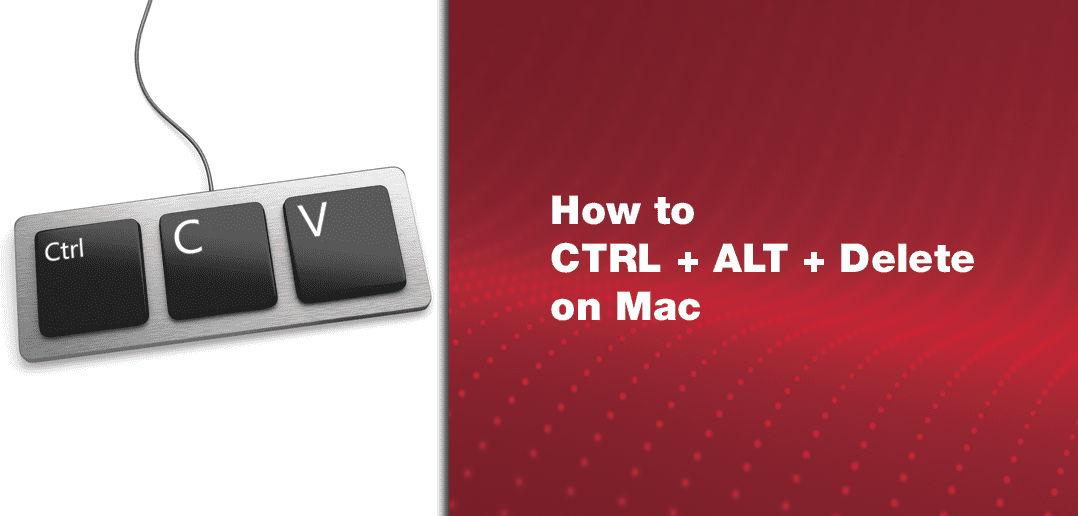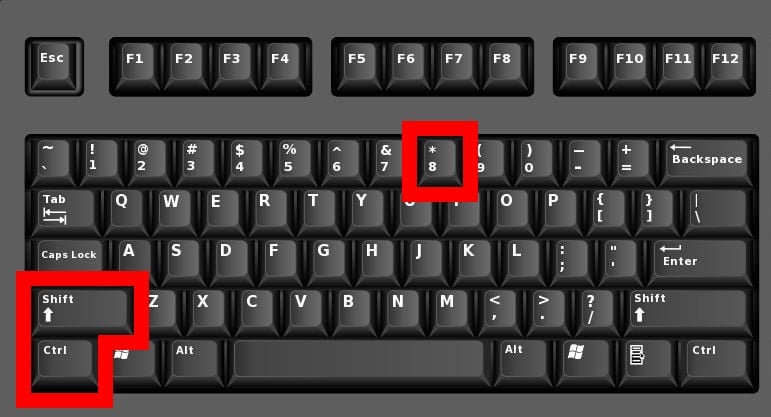

- #Windows on mac delete key mac os x#
- #Windows on mac delete key full#
- #Windows on mac delete key software#
⌥ option on Apple keyboard and Alt on PC keyboards both send the same USB scancode.
#Windows on mac delete key mac os x#
Mac OS X by default supports emacs basic cursor movement keybindings.ĭelete current position to end of line Ctrl+ y For example,Ĭtrl+ ⌘ command+ 1 show bookmarks sidebar. When used, it is as a modifier in combination with other modifier keys. The Control key under Mac is rarely used. Copy is ⌘ command+ c, Paste is ⌘ command+ v. On the Mac, Command key is used for keyboard shortcuts. For example, Copy is Ctrl+ c, Paste is Ctrl+ v. The Control Key in Windows is used for keyboard shortcuts. On Apple keyboard, you have Ctrl, ⌥ option (alt/option), ⌘ command (command) keys.Ĭontrol Ctrl ( ⌃), ⌥ option (Alt), ⌘ commandĬontrol Key Control Key in Microsoft Windows On the PC keyboard, you have the Ctrl (Control key), ❖ Window (Windows logo key), Alt (alternate key).

Not every question will be answered, we don’t reply to email, and we cannot provide direct troubleshooting advice.This page discuss differences between Apple Keyboard and Windows keyboard.
#Windows on mac delete key full#
If not, we’re always looking for new problems to solve! Email yours to including screen captures as appropriate, and whether you want your full name used. We’ve compiled a list of the questions we get asked most frequently along with answers and links to columns: read our super FAQ to see if your question is covered. This Mac 911 article is in response to a question submitted by Macworld reader Mike. Sadly, macOS omits Control-U, which in Terminal shells deletes everything from the insertion point to the start of the line, a useful complement to Control-K.
#Windows on mac delete key software#
Other software is more literal, and deletes only the characters on the same visible line.

Some software interprets that as the end of the paragraph (until the next point in the document or email at which you pressed the Return key). On more compact keyboards, such as that on a laptop, macOS lets you create a forward-delete action by holding down the Function key (fn) and then pressing the Delete key normally used for backward delete.Ī few other nifty deletion helpers (some of these keyboard commands may not work in the software you are using):Īdd the Option key to forward or backward delete (including Fn-Option-⌫), and macOS deletes a word at a time, or when you’re not dealing precisely with words, anything up to the next white space in the direction you’re deleting.Ĭontrol-H and Control-D also substitute for backward and forwards delete, owing a debt to macOS’s Unix underpinnings.Ĭontrol-K, another Unix relative, deletes everything from the insertion point ot the end of the line. Press this and characters to the right of the insertion point are deleted. It may also be labeled Delete or Del, and it has the forward delete symbol on it: ⌦. On extended keyboards, you may also find a “forward delete” option. (For Mac users, it’s nearly always Delete Backspace is more of a…Windows word.) On various vintages of keyboards, you might find the word Delete, a leftward-pointing arrow ←, or both the arrow and the label. If you’re a long-time Mac user or a new one, it’s possible you’re only aware of the Delete key, which is technically a “backward delete”: it deletes characters to the left of the current cursor in English and other languages that read left-to-right.


 0 kommentar(er)
0 kommentar(er)
